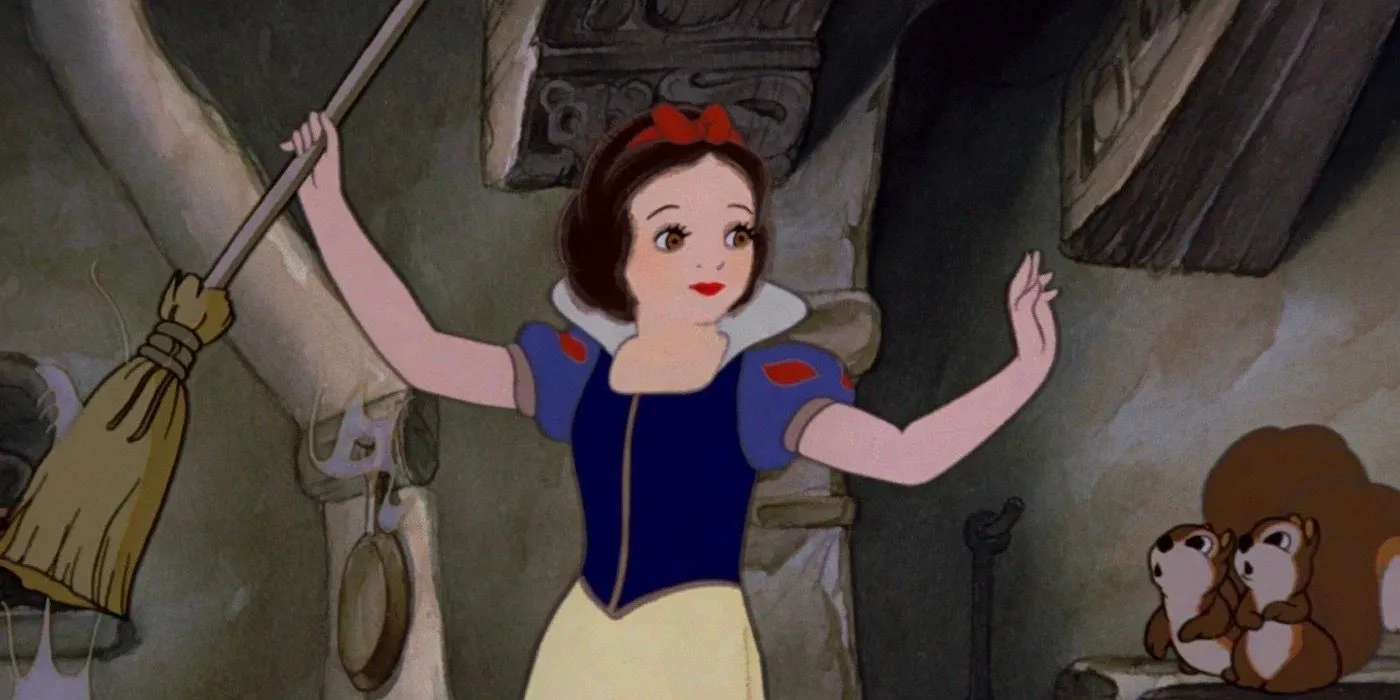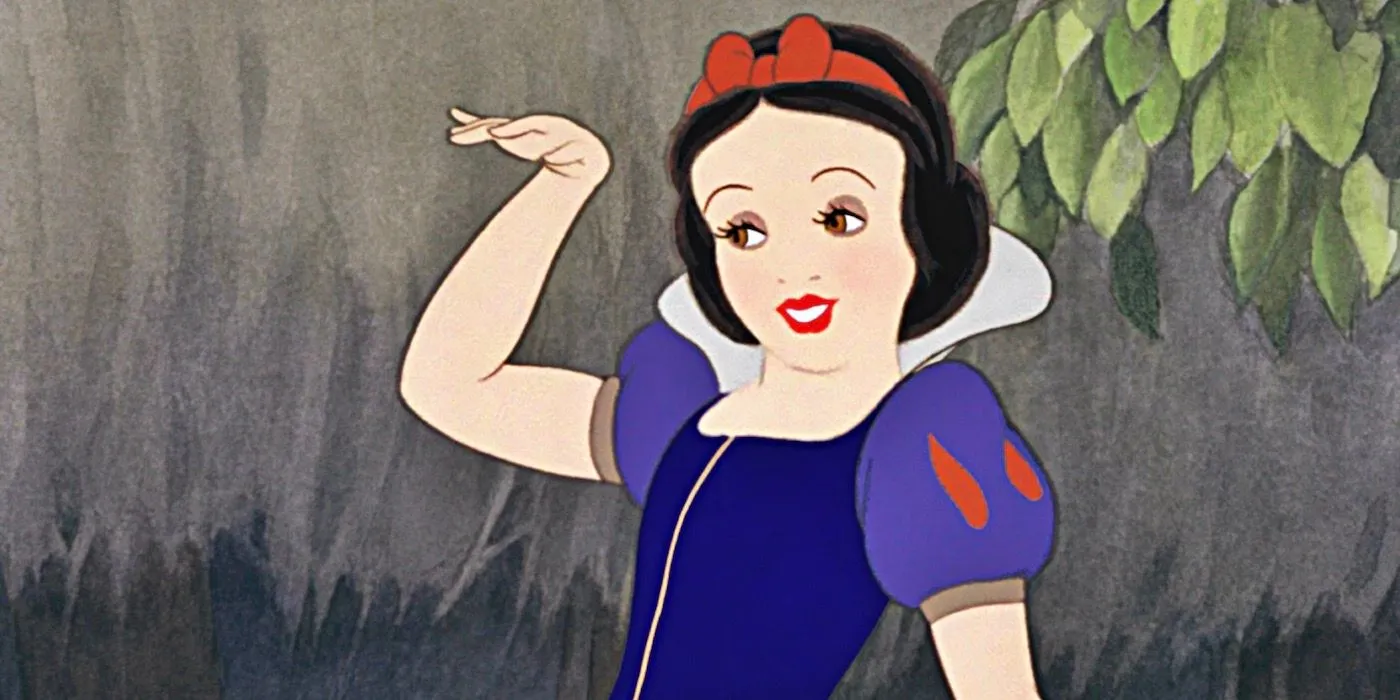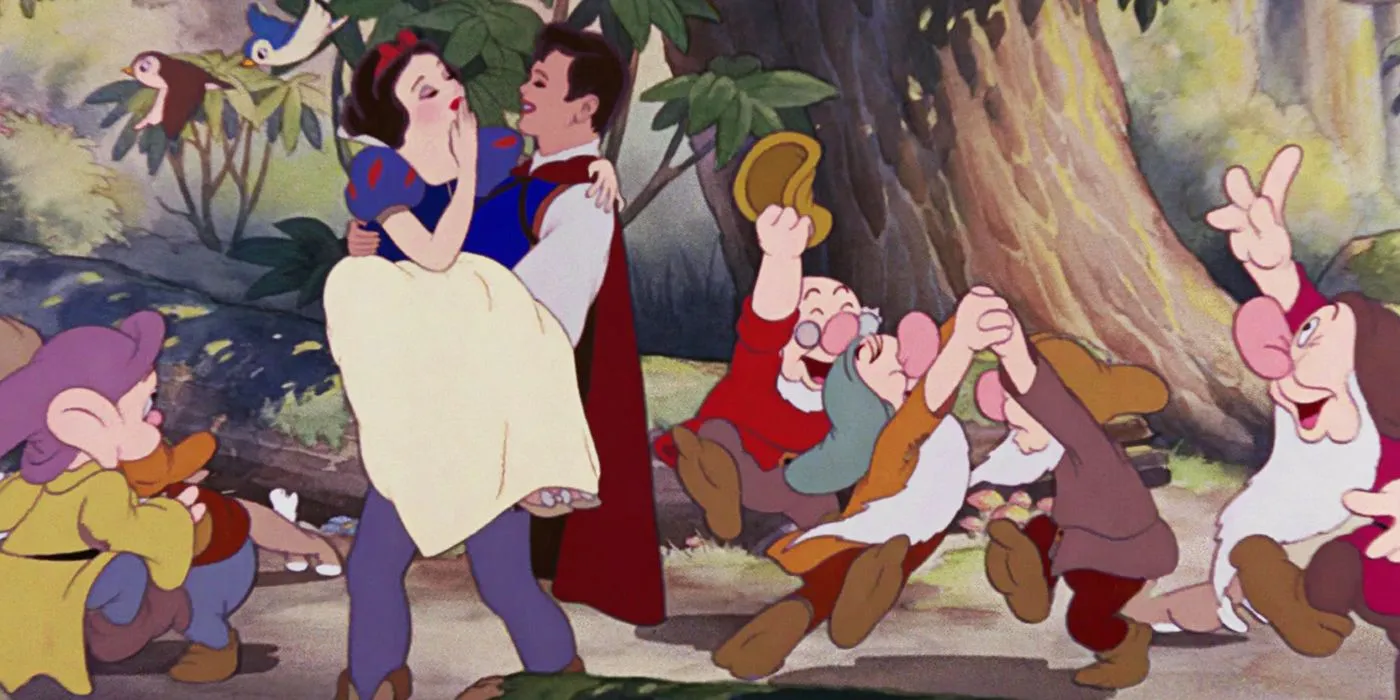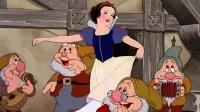Disney’s live-action adaptation of Snow White and the Seven Dwarfs may be facing criticism, yet the original 1937 animated classic continues to shine as a cherished cinematic masterpiece. This groundbreaking film marked a significant milestone as the first cel-animated feature and the inaugural animated film produced in the United States. It effectively set in motion the country’s animation legacy, showcasing a vibrancy and energy that was truly exceptional for its time.
The narrative centers around a delightful princess whose kindness and determination face off against a campy villain, all woven together through memorable musical sequences. Snow White and the Seven Dwarfs essentially laid the foundation for the Disney Princess formula, mastering it from the outset. Characters like Dopey would inspire the lovable, scene-stealing sidekicks fans adore today, from Flounder to Olaf. The film unfolds in three acts: establishing the princess’s conflict, introducing her new found family, and ultimately resolving her dilemmas with their assistance.
Produced under the meticulous guidance of Walt Disney, the film features a highly skilled team of sequence directors who contributed to its stunning visual style. The soft, vibrant color palette offers viewers a feast for the eyes, reinforcing the notion of Disney as the pioneer in animation. Each character in Snow White radiates personality through expressive features and animated gestures, creating cinematic scenes that resonate; for instance, the Evil Queen dramatically descending into her dungeon, casting ominous shadows illuminated by candlelight.
The Memorable Soundtrack: Catchy Melodies & Incidental Magic
Storytelling Through Enchanting Music
The musical contributions of Frank Churchill and Larry Morey laid the groundwork for Disney’s iconic sound, establishing a legacy of unforgettable tunes. Songs like “Heigh-Ho” and “Whistle While You Work” have become classics, comparable to modern hits like “You’re Welcome” and “The Bare Necessities.” While “Someday My Prince Will Come” may bear messages that feel outdated today, its melody remains unforgettably enchanting. Equally impactful, the incidental music composed by Paul J. Smith and Leigh Harline infuses the film with magic.
The score of Snow White and the Seven Dwarfs is a masterclass in film music, effectively narrating the story alongside the visuals. Just by listening, one could envision the emotional scenes playing out onscreen. The score captures a lighthearted essence during Snow White’s joyful moments with her animal friends, contrasting sharply with a dramatic, rapid tempo as she escapes peril in the dark, foreboding woods.
A Timeless Classic: Snow White’s Enduring Appeal
A Few Problematic Themes, Yet Pure Delight



While Snow White and the Seven Dwarfs lacks the comic depth characteristic of contemporary Disney films, it still delivers charming moments, such as Happy’s delightful yodeling during “The Silly Song” and the antics of a tortoise hilariously struggling to climb stairs. The film’s pacing and animated beauty are complemented by its endearing character ensemble.
That said, some elements have not aged gracefully, unveiling outdated stereotypes regarding gender roles and the infamous non-consensual kiss. Yet when compared to films of its era, Snow White maintains its charm and allure, offering an engaging experience enriched by brilliant animation and lovable characters. Not only did this film make history in animation, but it remains a genuinely enjoyable movie that continues to captivate audiences.


